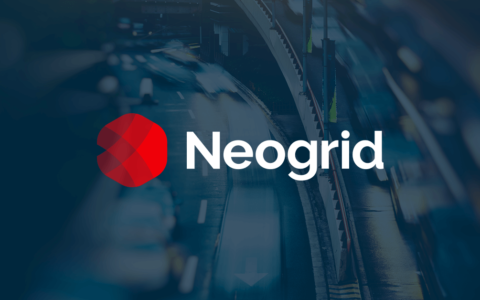
Retailers began 2016 with high inventory levels, according to the National Confederation of Trade of Goods, Services and Tourism (CNC). The survey indicated that the retail inventory sustained the least favorable rate in four years in December 2015.
In the Business Owner Confidence Index (Icec) survey, 30.7% of all businesses interviewed revealed inventory levels above the appropriate level, and this is happening because of the current scenario of low domestic demand: per the CNC, retail sales in 2015 ended with the worst result of the Monthly Trade Survey, with a decline of 4.1% compared with the previous year.
Inventories excess are among the problems generated by the increasing difficulty that companies from the retail sector have in balancing replenishment and consumption, and a decrease in sales is just one of the reasons for this. “Large retailers usually have many distribution centers and hundreds of stores, and need to manage each of the products in each location, either in warehouses or at points of sale,” commented Leonardo Guerin, product manager at Neogrid, when explaining how complex inventory management in retail can be.
To top it off, each one of these products has its own unique characteristics. “In a supermarket, for example, there are items with short and long expiration dates and others who need a specific treatment, such as cooling and display in closed-off shelves, in the case of high value items,” adds Guerin.
According to Guerin, poorly elaborated inventory policies lead business owners to make mistakes in the number of products that the shops store, and this leads to consequences. In the case of too many items stored, there are two main situations: when goods are perishables; and when there is obsolescence, which usually happens in the case of electronics.
(Learn more about Neogrid’s VMI Solutions and how we can help you optimize your order and logistics processes.)
Another problem that may arise due to inadequate inventory management is located on the other end, out-of-stock, which occurs when the storage level of a certain product is unsatisfactory compared with the demand. In such cases, in addition to the retailer losing sales and having reduced revenue, the unhappy customer may also leave the store with a bad impression and never come back.
Faced with this problem there is no other option other than taking (great) care of points of inventory to achieve greater competitiveness, improving the financial performance and providing an excellence service level to their customers. A joint management of Sell In and Sell Out, stocktaking to check the alignment of the physical inventory with the information in the control systems, analysis of visibility indicators and integration of activities and procedures are techniques that can help with this task, as well as the Vendor Managed Inventory (VMI).
This is how VMI works: through a shared platform between the industry and retail, the store sends information of consumption of products to the vendor and, when the stock reaches a certain level defined beforehand, the industry carries out the replenishment in an automated way. Thus, continuous replenishment products will always be on the shelves and the retail business will be able to achieve greater balance between inventory levels and consumption.
It is not possible to stand idle in the face of the impact that inventory management has in the supply chain in the retail industry. You can take it easy: the next blog posts will explain in more detail what VMI is and how these three letters are able to help you adjust this process. The goal is to make it more strategic to hit the nail on the head when making decisions and to stay away from negative impacts!




